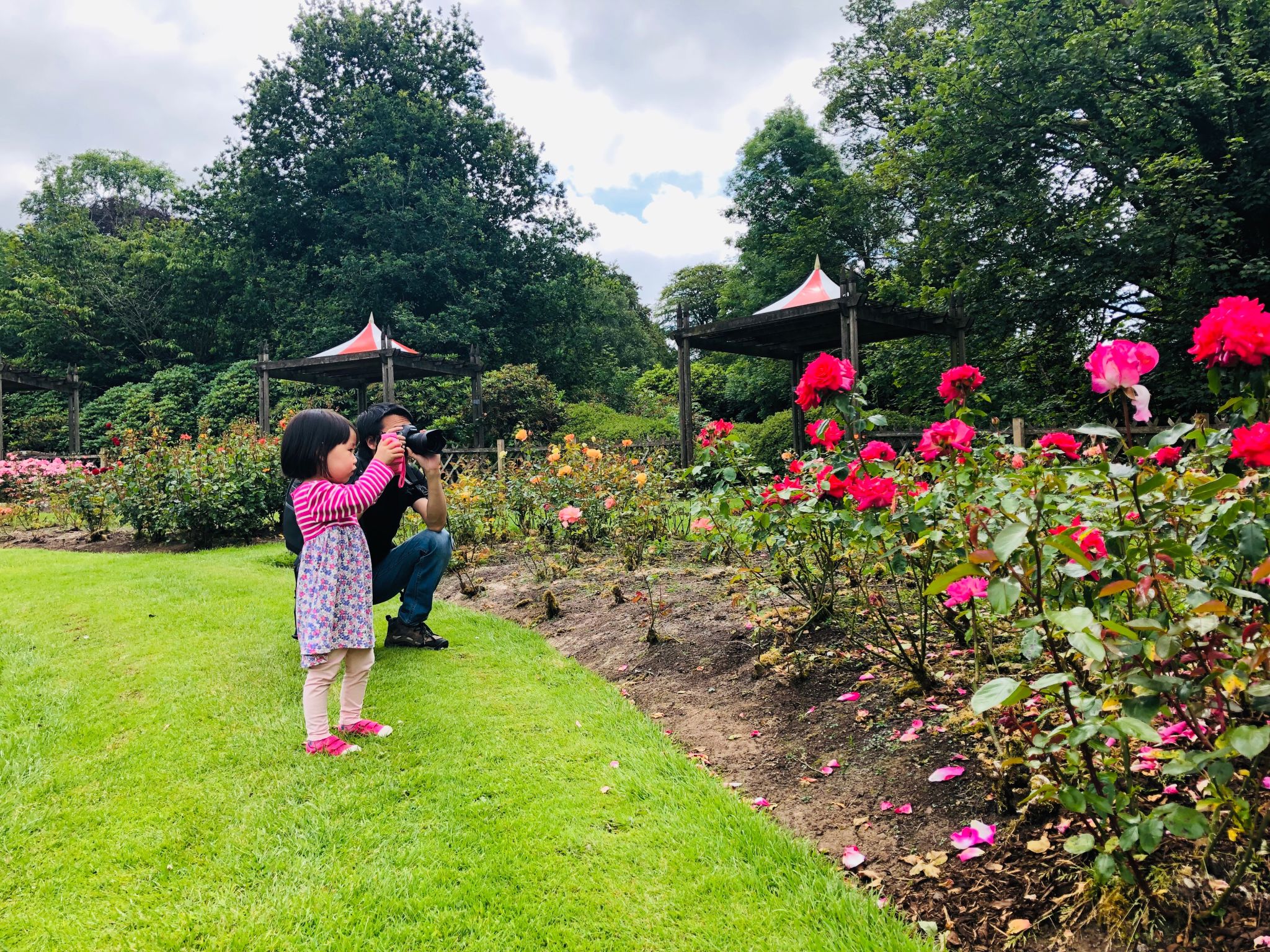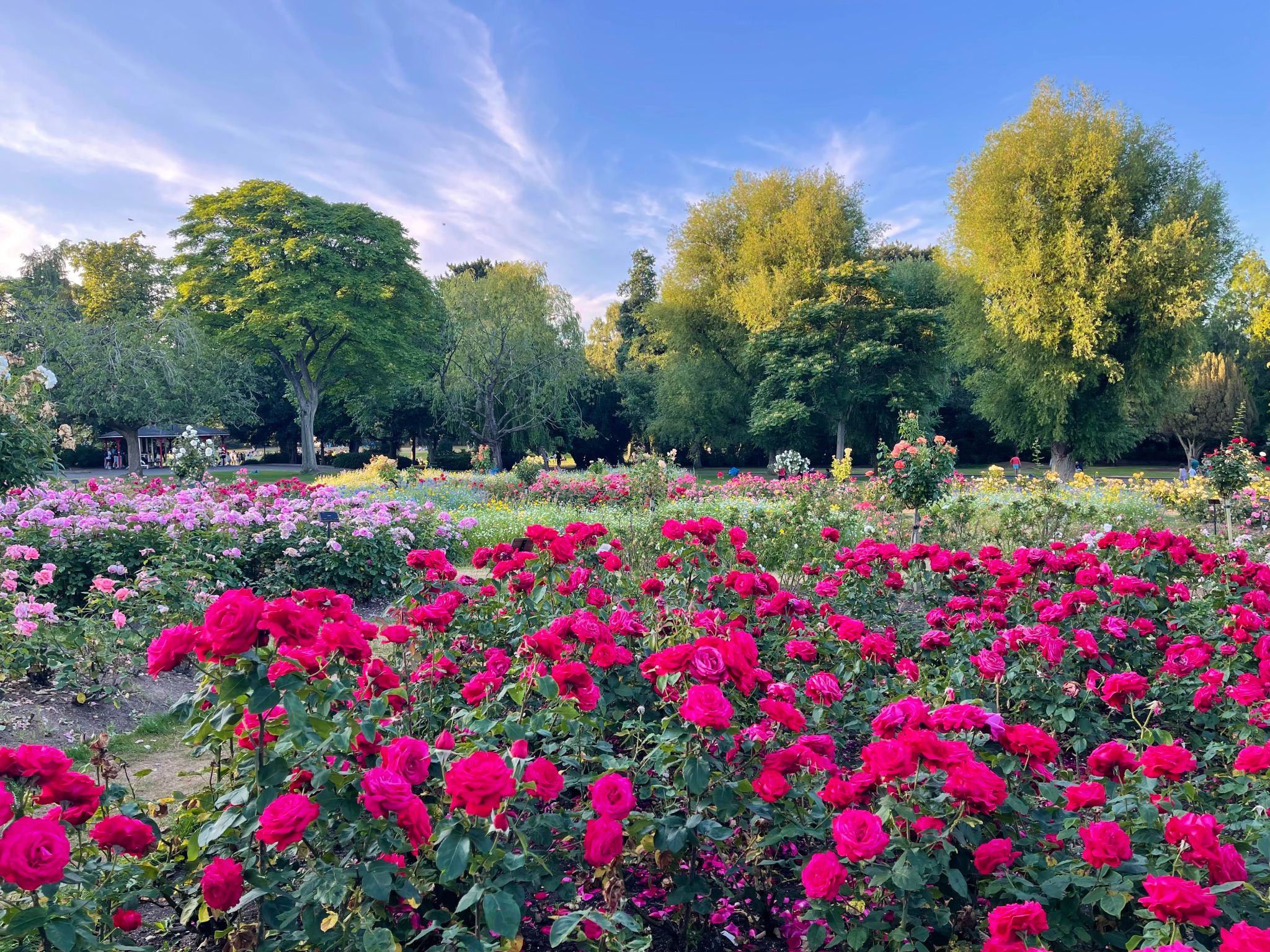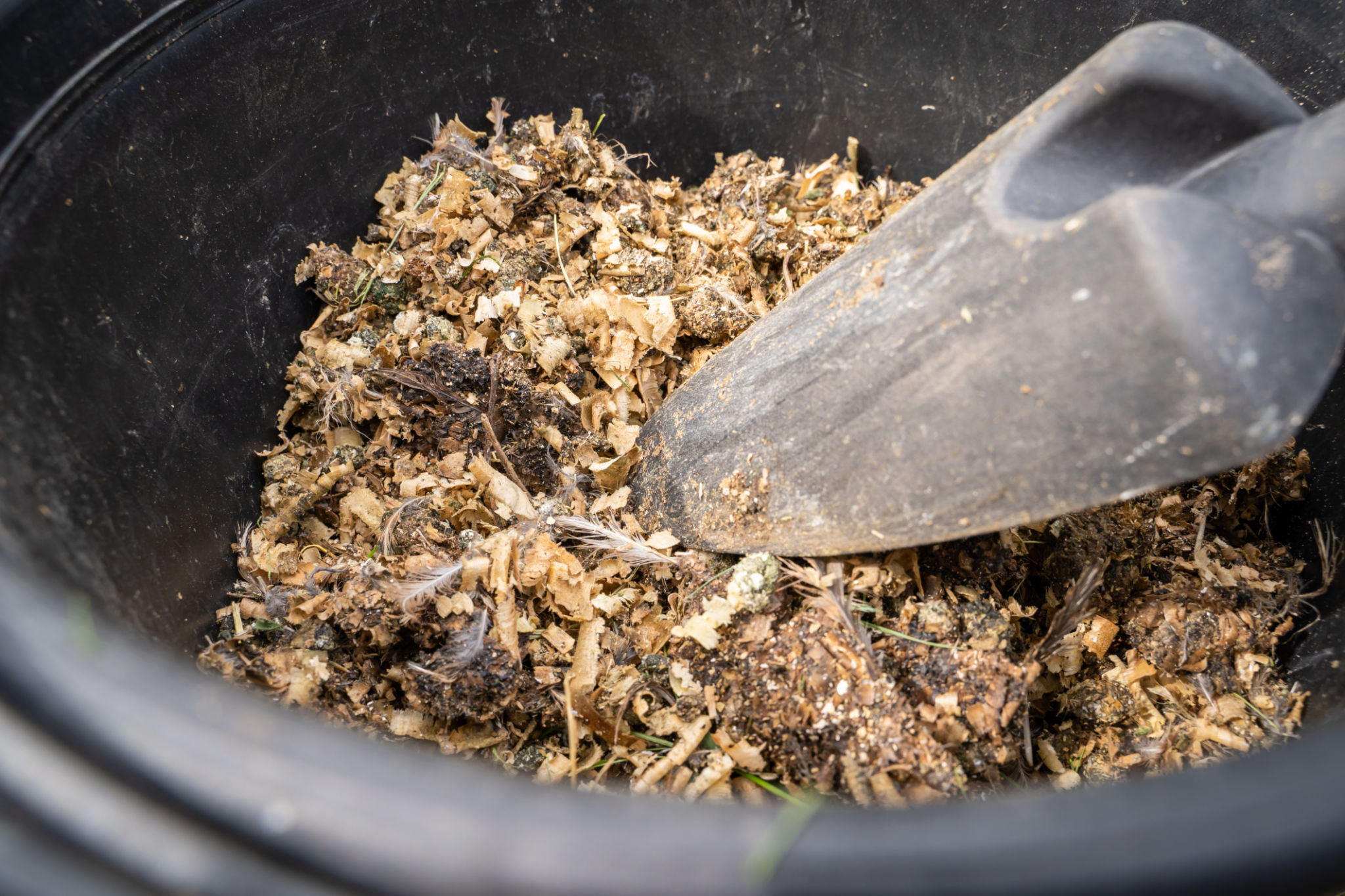Bloom 2025: Where Gardens Meet Green Thinking
Introduction
Every summer, Phoenix Park shifts gears. For five days in June, it stops being just a place to stretch the legs or walk the dog and becomes the buzzing heart of Ireland’s biggest celebration of gardening, food, and sustainable living. This year, Bloom 2025 marked its 19th edition, and if you were one of the 100,000-plus visitors wandering among the show gardens, you’ll know it was about more than petunias and perfect lawns.
This was a festival that spoke quietly but firmly to a bigger picture. Food security, climate action and community resilience. Bloom isn’t just about planting flowers anymore, it’s about planting ideas.

What Sustainability Looks Like—In Real Life
It’s easy to throw the word “sustainability” around but Bloom actually shows what it looks like when it’s done right, and done practically. This year’s site ditched diesel generators in favour of hydrotreated vegetable oil (HVO), cutting carbon emissions by over 90%. That’s not PR fluff, that’s actual, tangible change on a 70-acre site buzzing with life.
And speaking of buzz, Bloom’s organisers made a real effort to get people in sustainably. Over 20,000 came by bus or train, and 1,300 more cycled in—helping slash travel emissions across the board. Even waste was tackled head-on, with over 9,000 single-use cups swapped out thanks to a clever borrowing scheme, and 12,000 cans and bottles neatly returned for recycling.
None of it shouted for attention. It just worked. And it reminded every visitor that climate action isn’t all about big tech—it can be in the little decisions, too.

Gardens That Say Something
The show gardens were as dazzling as ever, but this year, more of them were telling stories. One plot, which scooped a top award, was made almost entirely from reclaimed materials. Old railway sleepers, broken tiles, even salvaged fencing, proof that “low-waste” can still be high-design. Another winner blended repurposed steel with wild pollinator plants and rain-fed water features. It wasn’t just pretty. It was smart.
And that’s the point. Garden after garden hinted at the bigger themes: resilience, rewilding, adapting to climate pressure. They showed how we can grow food in smaller spaces, support biodiversity, and even make peace with drought—all while keeping things beautiful.
Some were built by community groups and schools through the Postcard Garden initiative. These tiny but thoughtful gardens covered everything from pollinator protection to climate anxiety, and it was heartening to see young people taking ownership of such big ideas in their own way.

Food That Walks the Talk
If you managed to leave Bloom without a full belly, fair play to you. The food offering was outstanding as always but this year, it was also about making sustainable eating feel accessible.
All food traders were asked to use compostable packaging. No excuses. Meanwhile, surplus food wasn’t binned. In partnership with a national redistribution network, Bloom rescued over 500kg of quality ingredients and turned them into 1,200 meals. That wasn’t just kind, it was clever. It quietly showed how systems can be built around care and circular thinking.
At the Sustainable Living Stage, over 40 talks ran across the week, from soil health to low-waste living. Nothing preachy, just practical. Real advice for real people. Want to compost better? Save on food bills? Grow herbs in a window box? They had you covered.

A Bigger Picture in Bloom
There was a quiet but steady focus this year on the climate and biodiversity crisis, not in a heavy-handed way, but as a nudge. One garden created in partnership with an EU sustainability initiative used reclaimed stone and wild Irish plants to show how old ideas and new systems can co-exist. Another focused on green infrastructure and water conservation, things we don’t usually associate with “garden shows”, but that we’ll need more than ever in the coming years.
Even the President showed up and spoke to this. He reminded us that if we’re serious about protecting rural life, food systems and cultural identity, then green thinking has to become more than a hobby, it has to be how we live.

What Bloom Gets Right
Maybe the reason Bloom works is because it doesn’t talk down to you. It doesn’t pretend everyone can build a €50,000 eco-garden in their back garden. Instead, it offers ideas, some big, some small, that can fit real lives. A rainwater barrel, a compost heap, a wild corner left unmown, a dinner made from leftovers. It’s about inviting change, not imposing it.
Sustainability can be intimidating, especially when you’re up to your neck in the day-to-day. But what Bloom 2025 proved is that it doesn’t have to be perfect to be powerful. It just has to be real. And reachable.

Conclusion
As Bloom packs up for another year, the flowers might wilt, but the ideas don’t. What we saw at Bloom 2025 was a country full of potential: farmers, growers, kids, innovators, cooks, all trying to make sense of sustainability in their own way. And doing a fantastic job of it.
*By Anne Hayden MSc., Founder, The Informed Farmer Consultancy.
